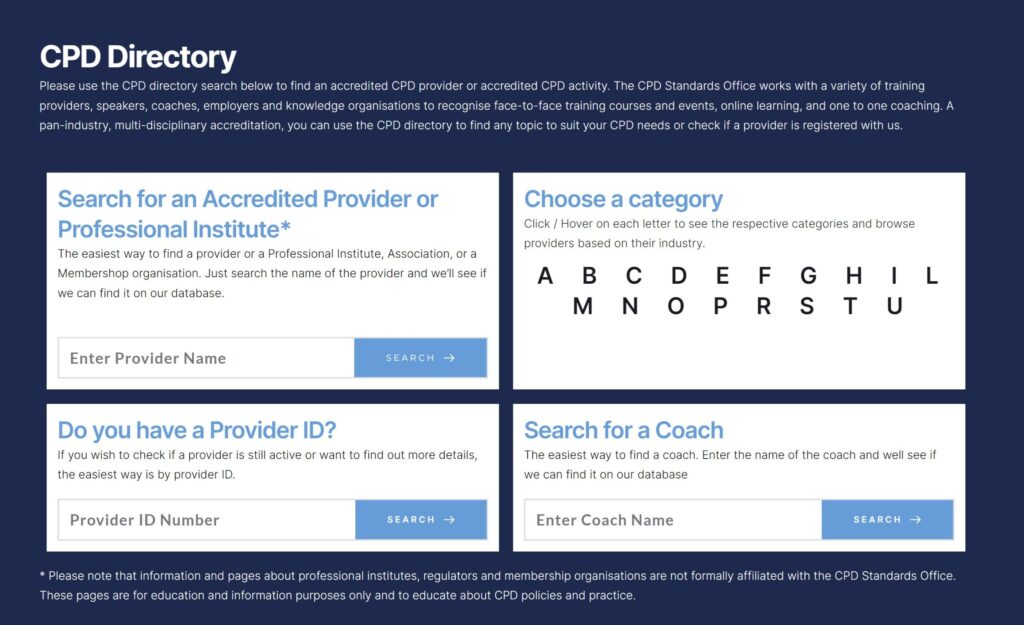Five Years Since the COVID-19 Pandemic: A Statistical Analysis of the Transformation in CPD
Naveen Seelam
on
March 12, 2025
The COVID-19 pandemic has profoundly impacted Continuing Professional Development (CPD) across various sectors. This report examines the statistical changes in CPD over the past five years, highlighting shifts towards online learning, the rise of digital credentials, the influence on employment and earnings, and the evolving landscape of workforce training.
The onset of the COVID-19 pandemic in early 2020 disrupted traditional continuing professional development (CPD) methods, necessitating rapid adaptation to new learning modalities. This study analyses quantitative data from 2020 to 2025 to understand how CPD has evolved, focusing on online learning adoption, digital credentialing, employment impacts, and employer-provided training.
Adoption of Online Learning

The pandemic accelerated the shift from in-person to online CPD activities. A qualitative report revealed that COVID-19 acted as a catalyst for widespread change in CPD, with six themes emerging:
- Necessity driving innovation
- Balancing flexibility and accessibility
- Permanent changes in CPD approaches
- Reimagining design and delivery methods
- Creating an evaluative culture
- Serving as a lifeline during turmoil
These findings underscore a significant transformation in CPD practices, with a notable shift towards online platforms.
Rise of Digital Credentials
The transition to online learning platforms has led to an increased emphasis on digital credentials and micro-certifications. These digital badges offer verifiable proof of skills and competencies, becoming essential tools for professionals to showcase their qualifications in a competitive job market.

Impact on Employment and Earnings
The pandemic’s effect on employment varied across demographics:
- Employment Trends: Between 2019 and 2021, the number of employed college graduates increased by 1.2 million (2.5%), while the number of nonemployed college graduates rose by 2.5 million (17.9%).
- Gender Disparities: Female scientists and those with young children reported larger declines in research time, highlighting the pandemic’s unequal impact on different demographic groups.
Evolution of Employer-Provided Training
Employer-provided training experienced significant changes:
- Perception of Practical Skills: Employers reported a notable impact on the attainment of practical skills by trainees during the pandemic.
- Digital Transformation: The necessity for remote operations led to a rapid digital transformation in training methods, with a focus on integrating new tools and support systems for workers.
Challenges and Opportunities in Professional Development

The pandemic presented both challenges and opportunities for CPD:
- Challenges: Disruptions to traditional learning modalities, isolation, and limited interactivity were significant obstacles.
- Opportunities: The adoption of online learning, improved flexibility, and cost-effectiveness emerged as positive adaptations.
What Does This Mean for You?
Five years post-pandemic, continuing professional development has undergone substantial transformations, with a clear shift towards digital learning and credentialing. While challenges persist, the innovations and adaptations during this period have paved the way for more flexible and accessible CPD opportunities.
To stay competitive, professionals must embrace continuous learning and digital credentials.
The Institute of CPD is here to help with:
✅ Accredited CPD Learning – Gain skills that matter in a post-pandemic world.
✅ Digital Badges – Showcase your expertise with verifiable credentials.
✅ iCPD Resources – Stay updated with expert-led discussions on the future of work.



















